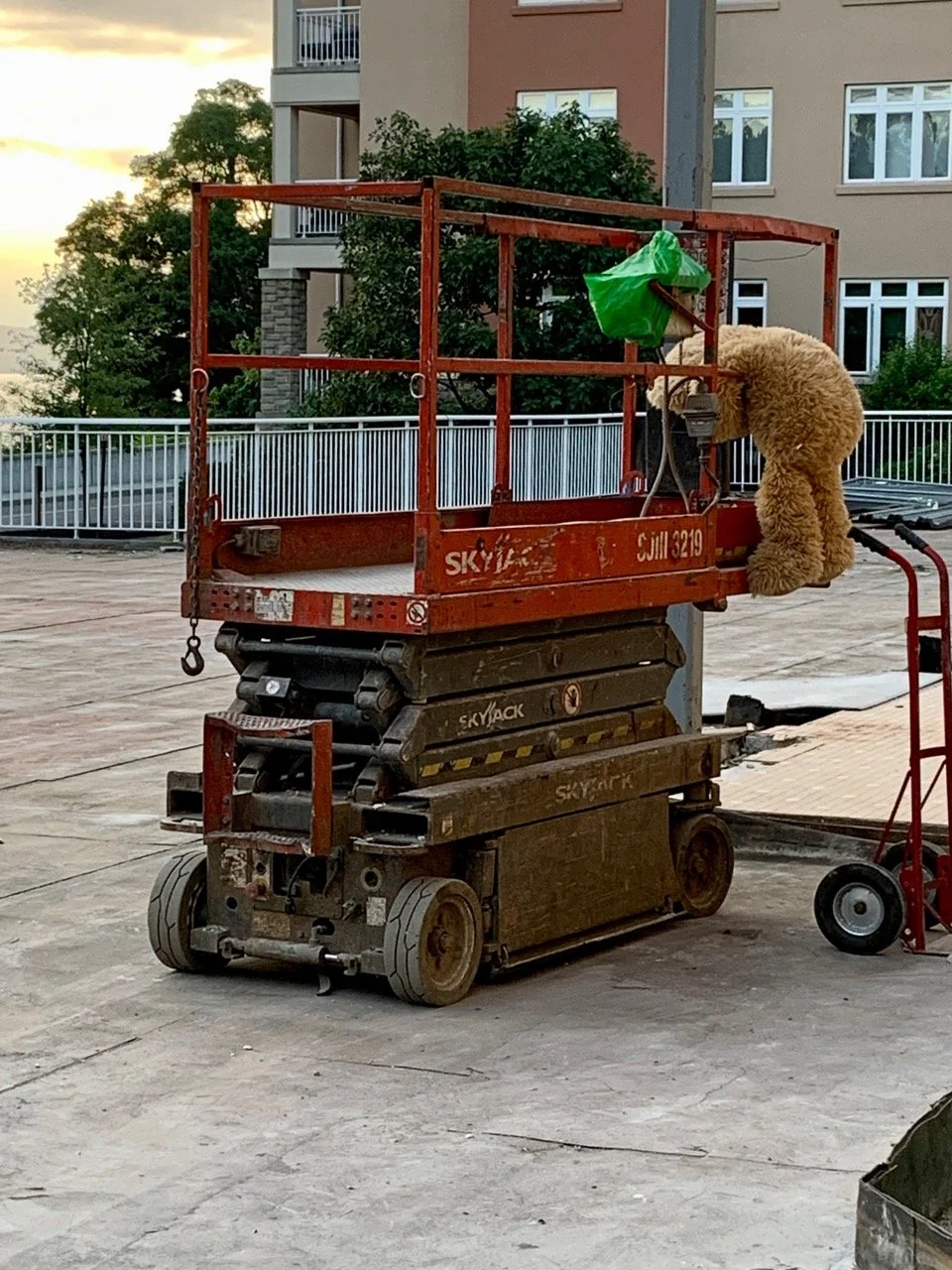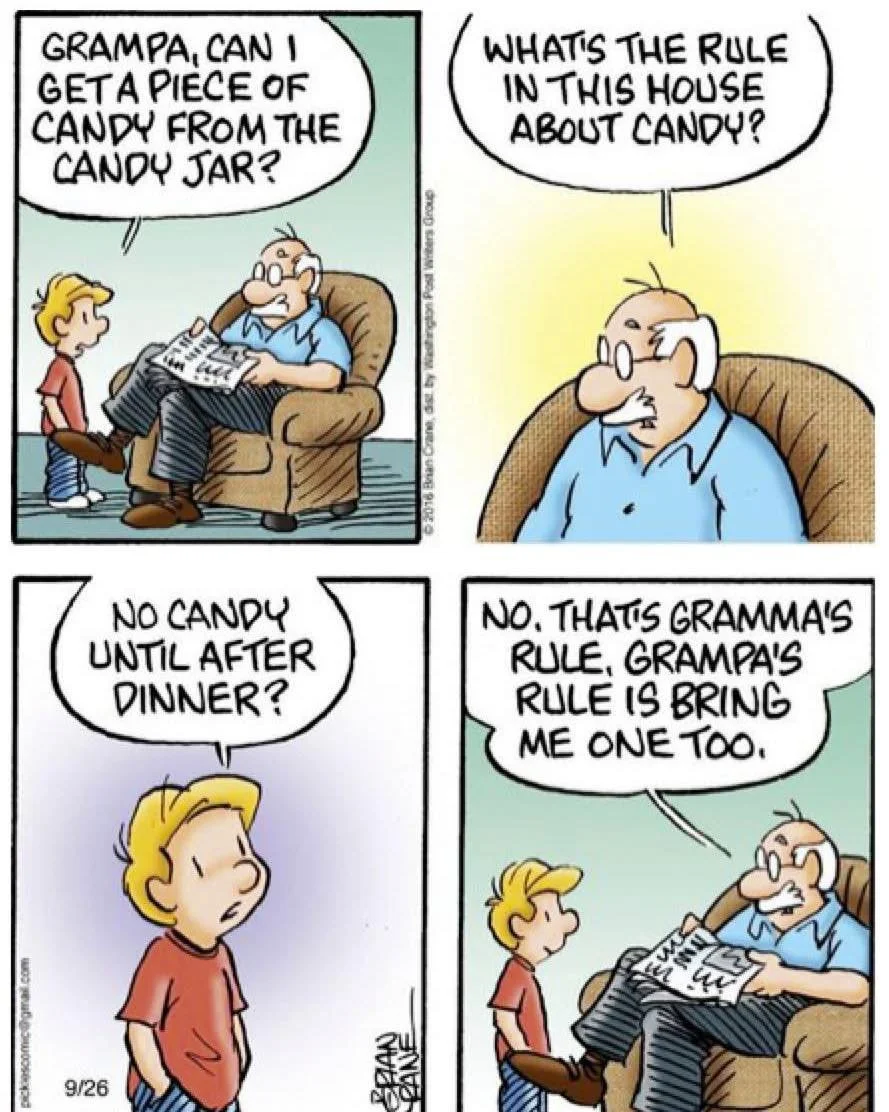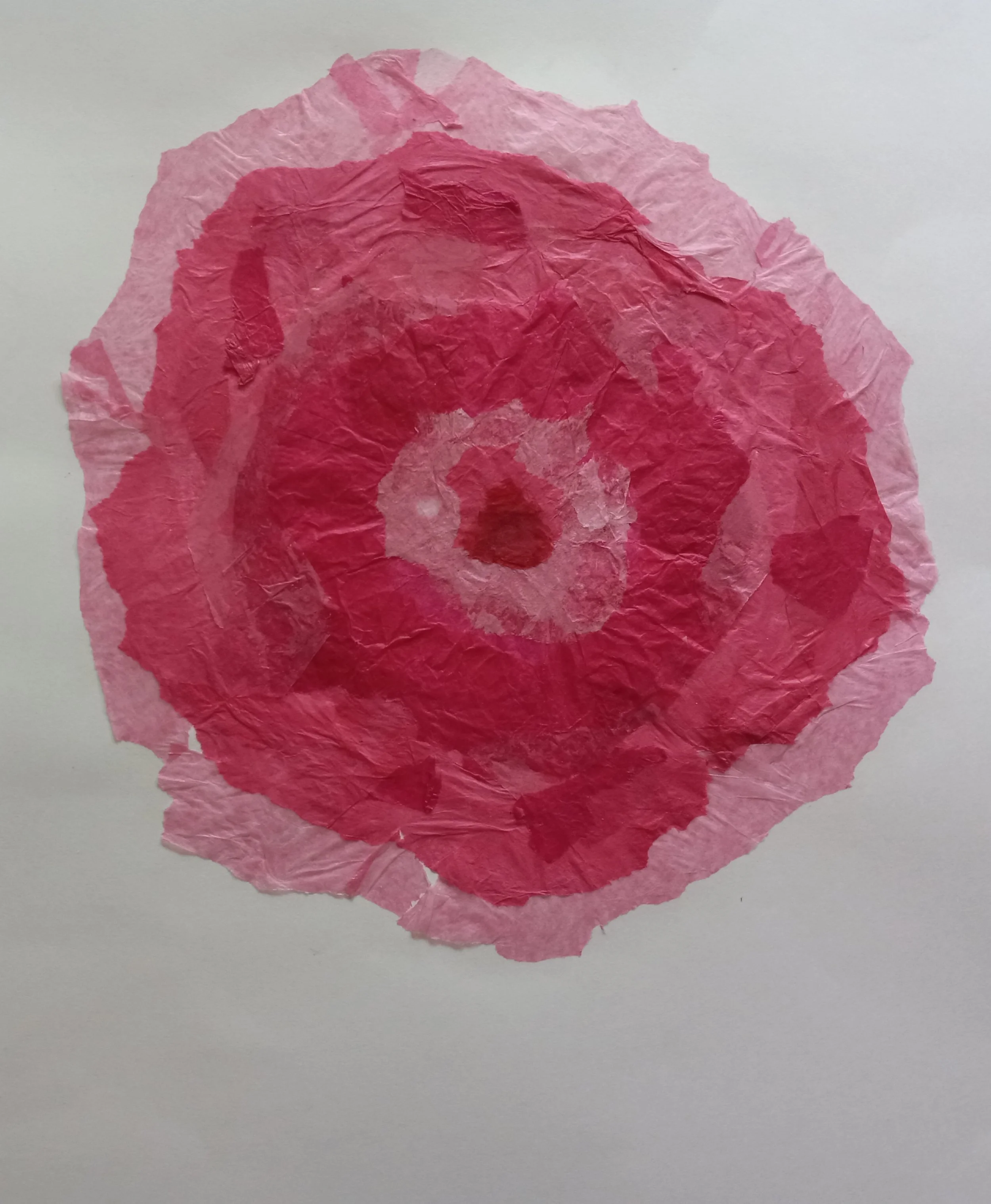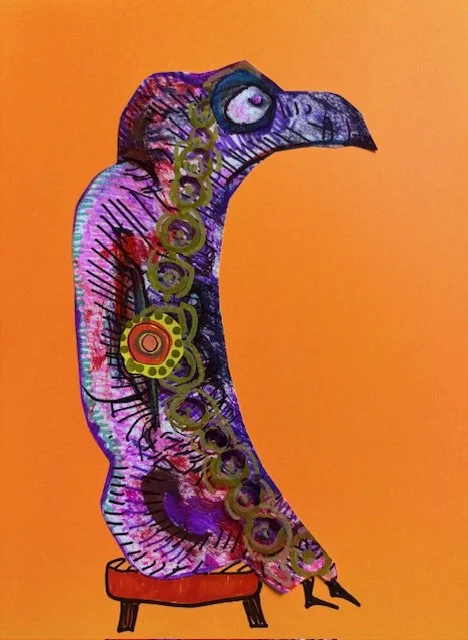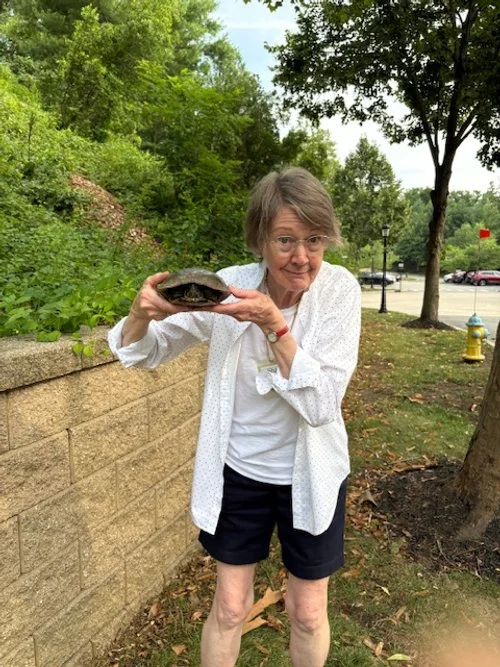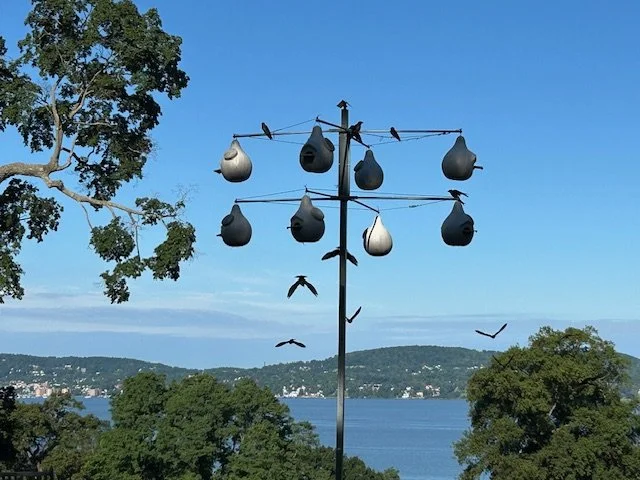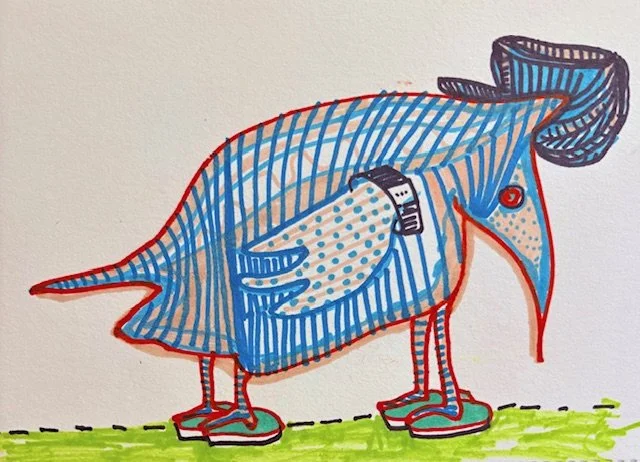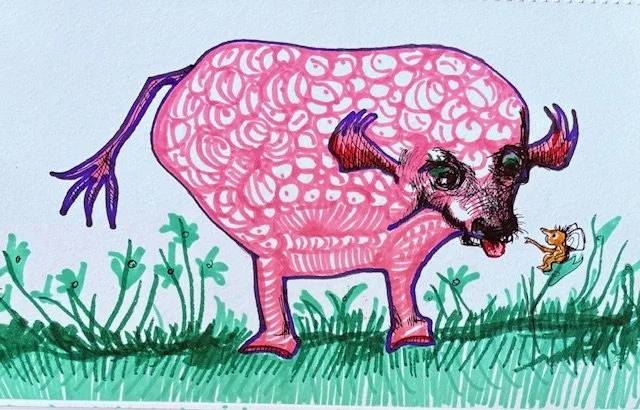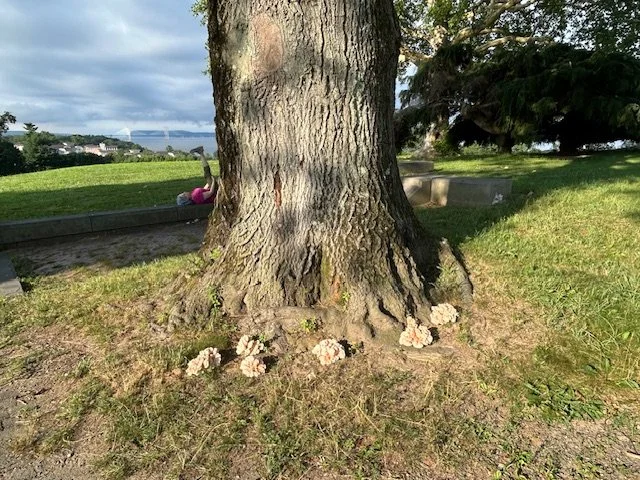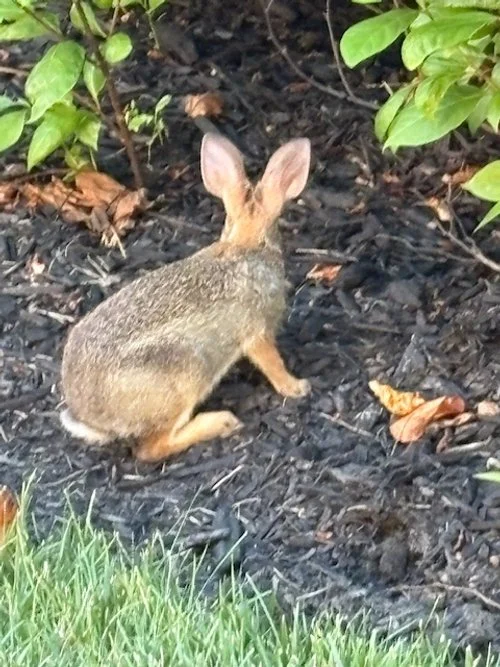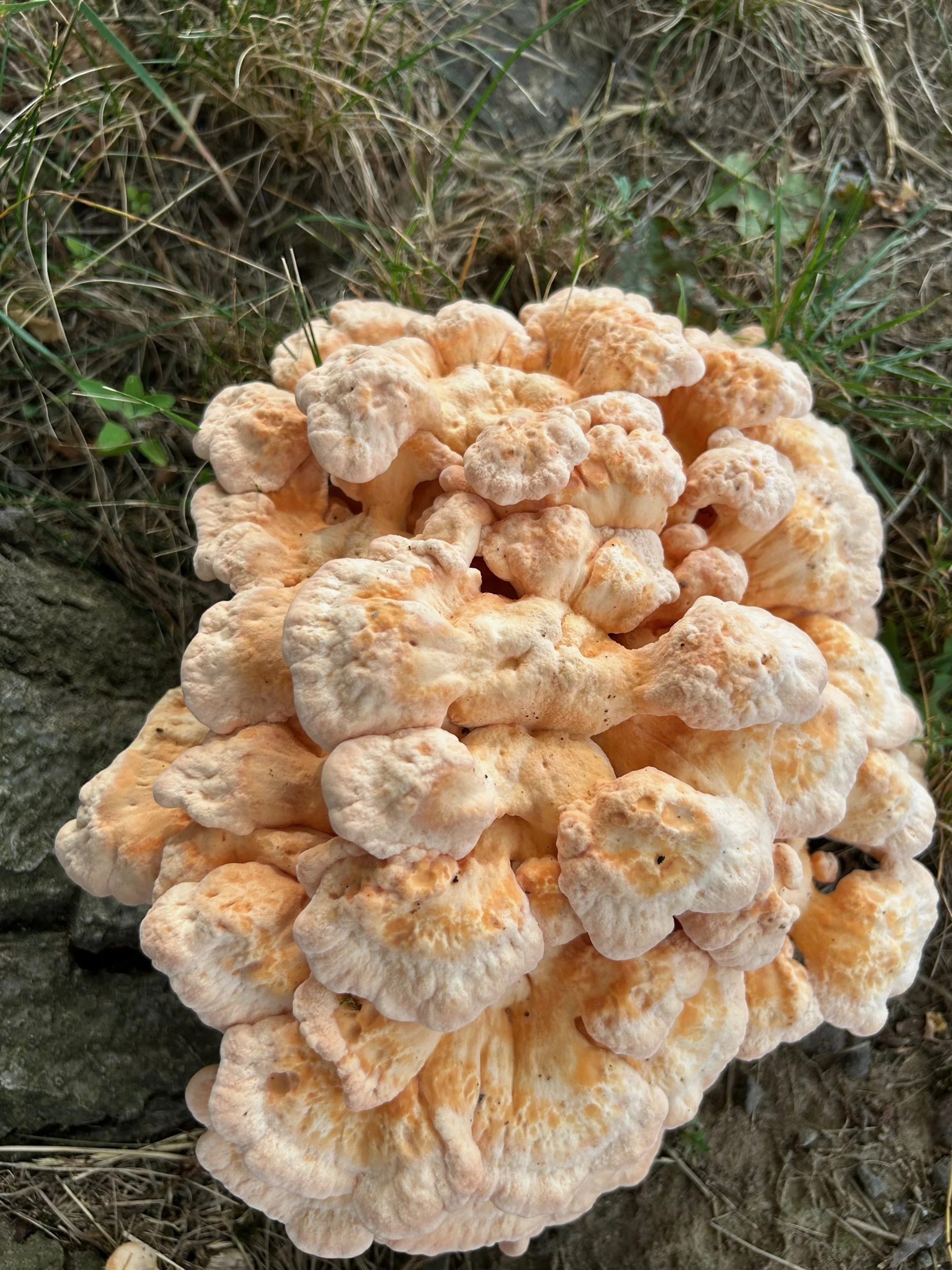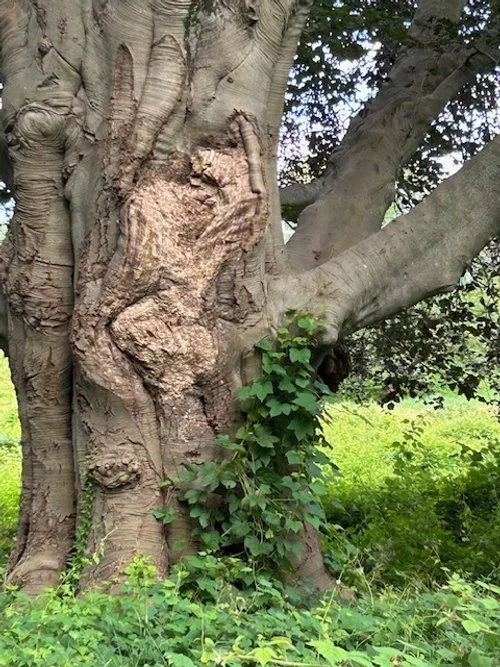By the spring of 1936, life was clearly on the upswing for John Steinbeck. As described in Jay Parini’s biography, the commercial success of his 1935 novel Tortilla Flat had produced newfound financial comfort for the author and his wife, Carol, and with it they were building a new home in an isolated stretch of wilderness outside Los Gatos, CA. Meanwhile, Steinbeck was knee-deep in another work, tentatively titled Something That Happened, that was originally meant as a children’s story but was turning into an experimental piece that could be absorbed from the page or performed on stage.
And then, a “minor tragedy stalked,” Steinbeck wrote in a letter to his literary agent on May 27, 1936. “My setter pup [Toby], left alone one night, made confetti of about half of my ms. [manuscript] book. Two months work to do over again . . . There was no other draft.”
Yet whatever anguish the author initially felt over seeing his months of hard work reduced to shreds had clearly tempered by the time he sat down to write the letter. “I was pretty mad but the poor little fellow may have been acting critically,” Steinbeck continued. “I didn’t want to ruin a good dog for a ms. I’m not sure is good at all. He only got an ordinary spanking with his punishment flyswatter. But there’s the work to do over from the start.”
Fortunately, Toby’s drastic edits proved but a temporary obstacle in the gestating story’s path to completion. Inspired by his new surroundings, which included a study crafted to his liking, Steinbeck restarted his tale of codependent migrant workers George and Lennie and furiously plowed through revisions until submitting what became Of Mice and Men to his editors in August. And while Steinbeck initially had modest hopes for his completed novella, Of Mice and Men became another critical and commercial hit upon publication in February 1937, ensuring that its now-famous author, his wife, and especially Toby could enjoy nothing but the finest dining options in the days to come.

